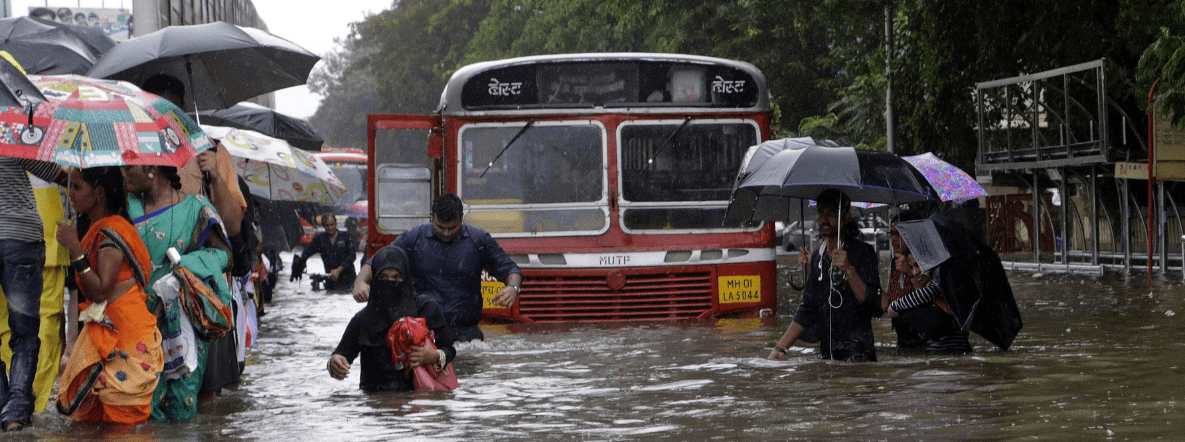Build disaster-proof cities
12 Apr 2023
Opinion: Sanjib Pohit.
Not factoring in climate risk will cost cities dear.
India is one of the fastest growing economies in the world. According to EY forecast, India is expected to be a $26 trillion economy (in market exchange terms) by 2047. The per capita income is expected to increase to $15,000, putting the country among the ranks of developed economies. However, to become a global economic powerhouse, several actions need to be taken.
A critical one concerns the urbanisation process underway in India. The number of inhabitants in Indian cities is estimated to have increased almost fourfold between 1970 and 2018, from 109 million to 460 million. The country is expected to add another 416 million people to its cities by 2050 and have an urban share of population of 50 per cent. Cities in India occupy just 3 per cent of the nation’s land, but their contribution to GDP is a massive 60 per cent.
Many Indian metros are not meeting their potential in serving as engines of economic growth and job creation. Several factors are responsible for this: (i) inadequate investment in urban infrastructure; (ii) fragmentation of responsibilities and limited ownership of economic initiatives between urban local bodies and State government agencies; and (iii) lack of business- and investment-friendly initiatives and regulations in urban and peri-urban areas.
To come up with relevant interventions and frameworks that address these issues, interactions were carried out with government and private sector stakeholders across project States, cities, and other major urban centres in India. Along with the stakeholder consultations, cities in India and abroad were also studied to derive lessons across the areas of: (i) integrated economic vision and planning; (ii) policies, regulations and promotion of investments; and (iii) integrated master planning to enable the integration of land use and infrastructure provision, etc.
While these are important steps, one aspect that is completely left out from our city planning is to make the cities cope with climate risk. IPCC projections suggest that the likelihood of events like extreme precipitation are bound to happen more frequently with climate change. The planning for the cities without factoring this may be too costly.
Unprecedented flooding
For example, Mumbai experienced unprecedented flooding in 2005, causing direct economic damages estimated at almost $2 billion and 500 fatalities as per the study, ‘An assessment of the potential impact of climate change’, published in a climate journal. The findings suggest that by the 2080s an ‘upper bound’ climate scenario could see the likelihood of a 2005-like event more than double. The estimate states that total losses (direct plus indirect) associated with a 1-in-100 year event could triple compared with the current situation (to $690-1,890 million), due to climate change alone.
The analysis also demonstrates that adaptation could significantly reduce future losses. For example, estimates suggest that by improving the drainage system in Mumbai, losses associated with a 1-in-100 year flood event today could be reduced by as much as 70 per cent.
Similar catastrophic events, though on a lower scale, were seen recently in cities like Chennai, Gurugram and Bengaluru. However, city planners do not seem to have learnt the lesson. Ideally, planning for mega cities need to incorporate: assessment of current and future rainfall pattern in megacities; urban flood model/storm water management model; and spatial distribution of people/property and insurance penetration.
AI based modelling is probably the right approach to build scenarios for the medium, long term on these aspects. These may be linked to a city based economic model to quantify the likely cost in the event of occurrence of climate-led disaster in a megacity. An upfront number incorporating all aspects of cost is an important component of an adaptation assessment plan as policymakers could visualise the potential cost of no-action.
The writer is Professor, NCAER. Views are personal
Published in: The Hindu Business Line, 12 Apr 2023






